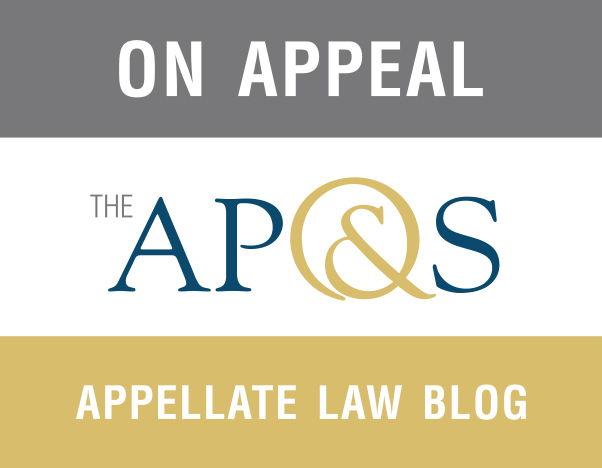With the advent of electronic discovery, emails and web pages are now common and fertile areas of discovery. However, until its 2014-2015 term, the Rhode Island Supreme Court had not addressed the means by which emails and web pages may be authenticated for introduction into evidence at trial.
In O’Connor v. Newport Hospital, 111 A.3d 317 (R.I. 2015), the Rhode Island Supreme Court was called upon to address this issue of first impression and, in doing so, concluded that the proponents of the evidence had failed to make the threshold showing necessary to authenticate the evidence at trial. Id. at 324-25.
The Supreme Court began its analysis with Rhode Island Rule of Evidence 901(a), which provides: “‘The requirement of authentication or identification as a condition precedent to admissibility is satisfied by evidence to support a finding that the matter in question is what the proponent claims.’” Id. at 323 (quoting R.I. R. Evid. 901(a)). While “authentication is not a high hurdle to clear,” it is well established that a trial justice must determine “whether there is enough support in the record to conclude that it is ‘reasonably probable’ that the evidence is what the offer proclaims it to be.” Id.
Authentication of Emails
Applying these standards, the Rhode Island Supreme Court held that an email may be authenticated in a number of different ways, including the following:
- Through direct evidence such as “the testimony of a witness with personal knowledge that the proffered exhibit is what it is claimed to be, such as the author or recipient of the email.” Id. at 325 (citing Rule 901(b)(1)).
- Through circumstantial evidence such as the email’s “[a]ppearance, contents, substance, internal patterns, or other distinctive characteristics, taken in conjunction with circumstances.” Id.
- Through a forensic expert witness who is “able to trace an email back to the Internet address from which it originated.” Id.
In O’Connor, no attempt had been made to authenticate the email at issue through any of these means. Id. Rather, the email was introduced through a witness who was neither the sender nor the recipient of the email and who merely recited the identity of the purported sender of the email and summarized the email’s contents. Id. Thus, the Court held that the trial justice had abused his discretion by admitting the email into evidence. Id.
Authentication of Printouts of Web Pages
The Supreme Court also analyzed the means by which printouts of web pages may be authenticated. In doing so, the Supreme Court relied on commentary on Rule 901 of the substantially similar Federal Rules of Evidence, which instructs that a printout of a web page may be authenticated by offering evidence that:
(1) The printout accurately reflects the computer image of the web page as of a specified date; (2) the website where the posting appears is owned or controlled by a particular person or entity; and (3) the authorship of the web posting is reasonably attributable to that person or entity. Evidence that may corroborate these points could include testimony of others who saw the posting on the website, continuation of the posting on the website so that it is available to be seen by the court, or evidence that the party to whom the posting is attributed made similar postings or published the same information elsewhere.
Id. at 324 (quoting Christopher B. Mueller and Laird C. Kirkpatrick, 5 Federal Evidence § 9:9 (4th ed.) (database updated May 2014)).
Alternatively, the printouts of the web pages can be authenticated through a witness with personal knowledge to testify to the source of the exhibits. Id. (citing United States v. Bansal, 663 F.3d 634, 667 (3d Cir. 2011) (holding that screenshots from a website were properly authenticated when the proponent of the evidence called a witness who explained the website’s archival process and testified, based on personal knowledge, that the screenshots were authentic).
Finally, printouts of web page content that is still available on the Internet may be authenticated by having a witness testify that (or a trial judge make findings that) the printout accurately reflects the content that appears on the Internet. Id.
In O’Connor, no attempt to authenticate the printouts of the website was made and the trial justice did not make any findings with respect to the authenticity of the printouts. Id. Accordingly, the Supreme Court held that the admission of the printouts into evidence was clearly erroneous. Id. at 324-35.





